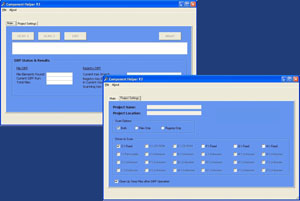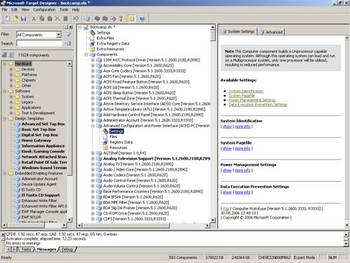

The origin of the colors have an an amusing source by the way. This is the JET Blue engine implementation, see Notes in here. And as such, there are two separate implementations of the JET API. It is in the acronym, "Joint Engine Technology". Just as there is no such thing as "the SQL engine", as there are many implementations of the protocol, there is no "JET engine" or "JET database". Most people do not know that JET was an acronym for an API set, not a specific database format or engine. Therefore, the JET API documentation may be out of date with it.

The version of source we post here will likely be a bit in advance of the version compiled into the latest Windows update. The library provides many other strongly layered and, thus, reusable sub-facilities as well:Īll this is in addition to the full-blown database engine itself. A more extensive list of ESE database features are documented in our Wikipedia entry.A summary of features and the JET API documentation are up on Microsoft's official documentation site.ESE provides ACID (Atomic Consistent Isolated Durable) transactions over data and schema by way of a write-ahead log and a snapshot isolation model. A crash recovery mechanism is provided so that data consistency is maintained even in the event of a system crash. ESE enables applications to enjoy a consistent data state using transacted data update and retrieval. It supports denormalized schemas including wide tables with numerous sparse columns, multi-valued columns, and sparse and rich indexes. In over 1 billion Windows 10 devices today, ESE has been in use in Windows client SKUs since Windows XPĮSE enables applications to store data to, and retrieve data from tables using indexed or sequential cursor navigation. Every single Windows Client computer has several database instances running in low memory modes.It's also running on large SMP systems with TB of memory for large Active Directory deployments.It's running on 100s of thousands of machines and millions of disks for the Office 365 Mailbox Storage Backend servers.First shipping in Windows NT 3.51 and shortly thereafter in Exchange 4.0, and rewritten twice in the 90s, and heavily updated over the subsequent two decades after that, it remains a core Microsoft asset to this day. The Extensible Storage Engine (ESE) is one of those rare codebases having proven to have a more than 25 year serviceable lifetime. Extensible-Storage-Engine A Non-SQL Database Engine


 0 kommentar(er)
0 kommentar(er)
